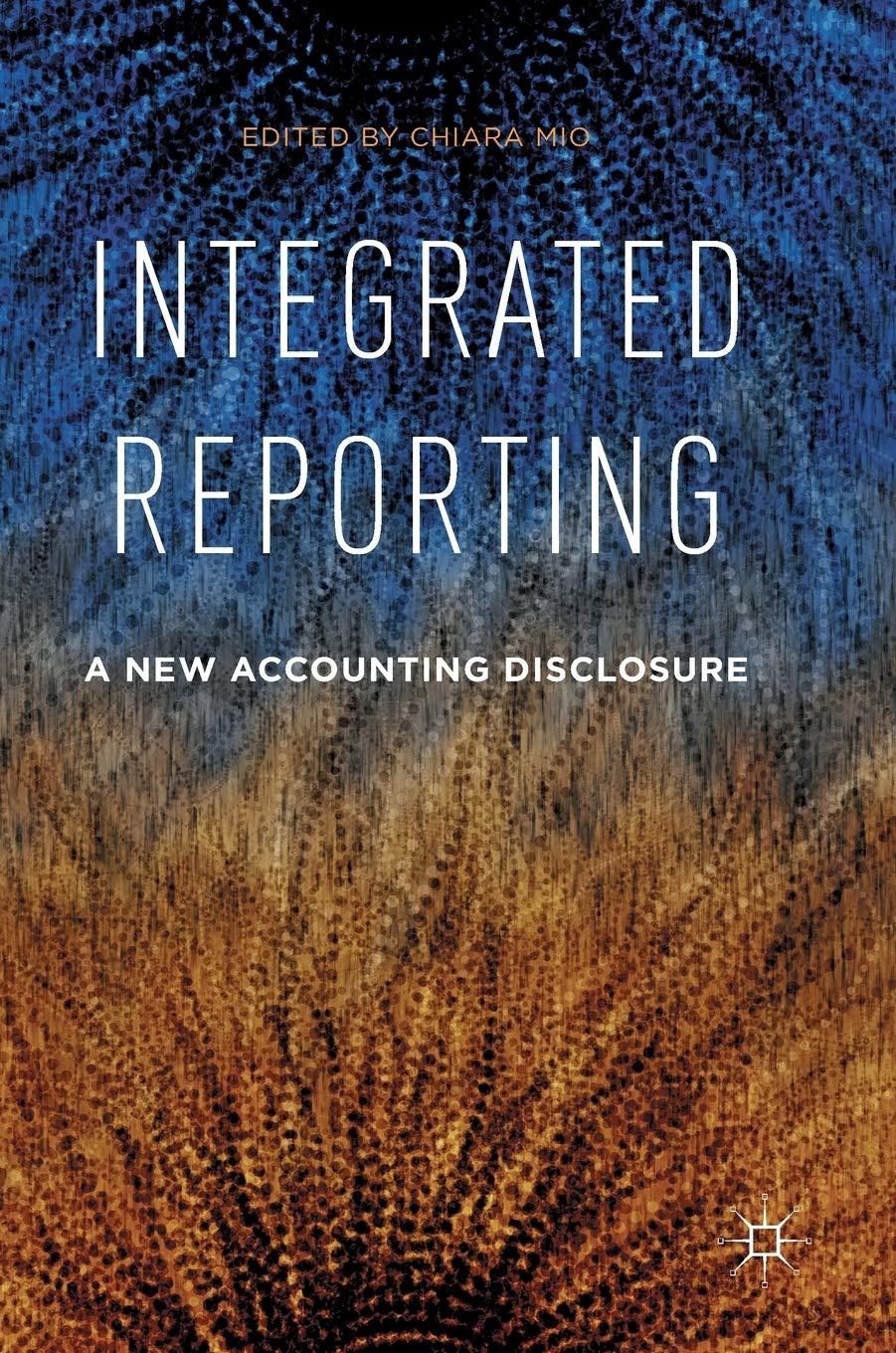Answered step by step
Verified Expert Solution
Question
1 Approved Answer
DELAWARE COMPANY . . . . . . produces yarn made from imported wool. It is done in three processes: processing, spinning and finishing. Raw
DELAWARE COMPANY
produces yarn made from imported wool. It is done in three processes: processing, spinning and finishing. Raw wool is processed, spun, and finished before being shipped out to knitting and weaving companies. In the processing department, material is added in the beginning of processing, and conversion costs are added evenly throughout processing. The company uses normal costing to apply overhead to production.
In the Processing Department the first department they began the month of August with units in process which were percent complete as to conversion labor and overhead It started units into production during the month of August of which remained in ending Work in Process inventory which were percent complete as to conversion costs. The cost data for the Production Department is as follows:
MAT'L CONV TOTAL
BWIP $ $ $
CURRENT ADDED
TOTAL COSTS $ $ $
Required:
a What is an equivalent unit? Why is it necessary in process costing? Why dont we use equivalent units in job costing? Why not just physical units?
b Why is it necessary to compute separate perunit costs for materials and conversion costs?
Complete the following:
a Reconcile the physical units units to account for and units accounted for Check figure: There are units to account for. Account for the by identifying the groups of units for the FIFO method as done in class.
b Which costs will be traced? Which costs will be the blobs which will be allocated and form the cost pools
c Compute the allocation base the equivalent units of production for both materials and conversion.
d Compute the allocation rate the cost per equivalent unit for both materials and conversion.
e How many equivalent units of materials are in the ending WIP? What is the dollar value of this?
f How many equivalent units of conversion are in the ending WIP? What is the dollar value of this?
g Add the dollars in e and f to determine the $ value of the ending WIP. What is it
h Given your answer in g what would be the dollar value of the goods completed and transferred to the next department? What is the journal entry for this?
CHECK FIGURES: If you did things correctly above, the allocation rates unit costs of materials for the period are $ per equivalent unit and $ per equivalent unit for conversion, for a total of $ per equivalent unit.
Compute the equivalent units of production for Materials and Conversion and the unit costs for under the following cases. Each case is independent:
a Beginning WIP BWIP was complete and EWIP is complete
b Beginning WIP BWIP was complete and EWIP is complete
c Beginning WIP BWIP was complete and EWIP is B complete
d Beginning WIP is and ending WIP is same as original
Step by Step Solution
There are 3 Steps involved in it
Step: 1

Get Instant Access to Expert-Tailored Solutions
See step-by-step solutions with expert insights and AI powered tools for academic success
Step: 2

Step: 3

Ace Your Homework with AI
Get the answers you need in no time with our AI-driven, step-by-step assistance
Get Started


